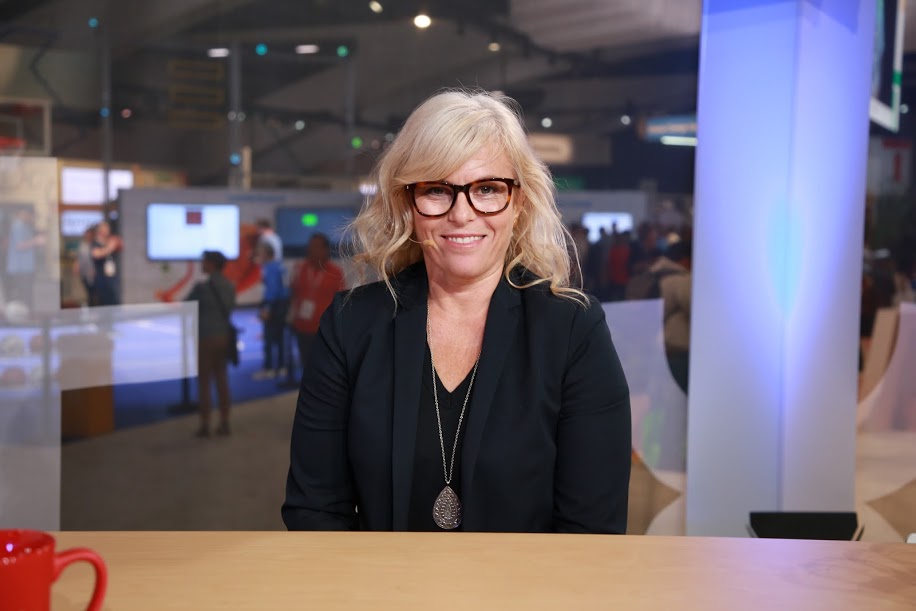 CLOUD
CLOUD
 CLOUD
CLOUD
 CLOUD
CLOUD
Google LLC’s Cloud Build, introduced at the company’s Cloud Next conference this past week, helps software developers create the “always on” applications needed on the internet today.
Cloud Build essentially will give developers what they need, automating away some of the toil with which developers have had to deal, according to Melody Meckfessel (pictured), vice president of engineering at Google Cloud.
That’s because developers want to spend their time focused on writing code, design and requirements rather than taking care of the plumbing behind build, test and release.
“What makes developers happy? Well, one thing is [to] give them automation so that they can focus on code,” said Meckfessel. “The second thing is the culture to support and empower them.”
Meckfessel spoke with John Furrier and Jeff Frick, co-hosts of theCUBE, SiliconANGLE Media’s mobile livestreaming studio, during the Google Cloud Next event in San Francisco. They discussed the usefulness of canary analysis to developers and Google LLC’s embrace of the concept of blameless post-mortem. (* Disclosure below.)
One of the features Cloud Build supports is automated canary analysis, which takes the release a developer has built and tests it, making sure it’s secure. For example, if a developer wants to start routing traffic to the release, it’s initially exposed to a small set of production instances.
Once traffic routing begins, it’s possible to monitor error rates and to get a good look at traces to see what’s going on. If everything is running smoothly, then the developer can deploy the release out to all production instances. It’s a safe way to reduce risk by pushing out code slowly, catching the errors in a safe, agile way before full code release, Meckfessel explained.
“We want these tools and the automation to have the developer and the operators’ backs because we’ve learned at Google that when we do that, they take more risks [and] they move quickly, because they know that the DevOps tools are going to catch the breakages for them,” Meckfessel said.
In addition to supporting developers with innovative tools, Google uses the “blameless post-mortem” technique. In software development and systems, it’s a given that things will eventually break and that outages will happen. Humans write the code, and humans are prone to error. When an error occurs, it’s much more useful to find out what happened and how to avoid it again, without placing blame on any one person or team. By removing the blame and focusing rather on how to fix the issue, it’s easier to get to lessons learned for everyone, Meckfessel said.
Here’s the complete video interview, part of SiliconANGLE’s and theCUBE’s extensive coverage of Google Cloud Next. (* Disclosure: Google Cloud sponsored this segment of theCUBE. Neither Google Cloud nor other sponsors have editorial control over content on theCUBE or SiliconANGLE.)
THANK YOU